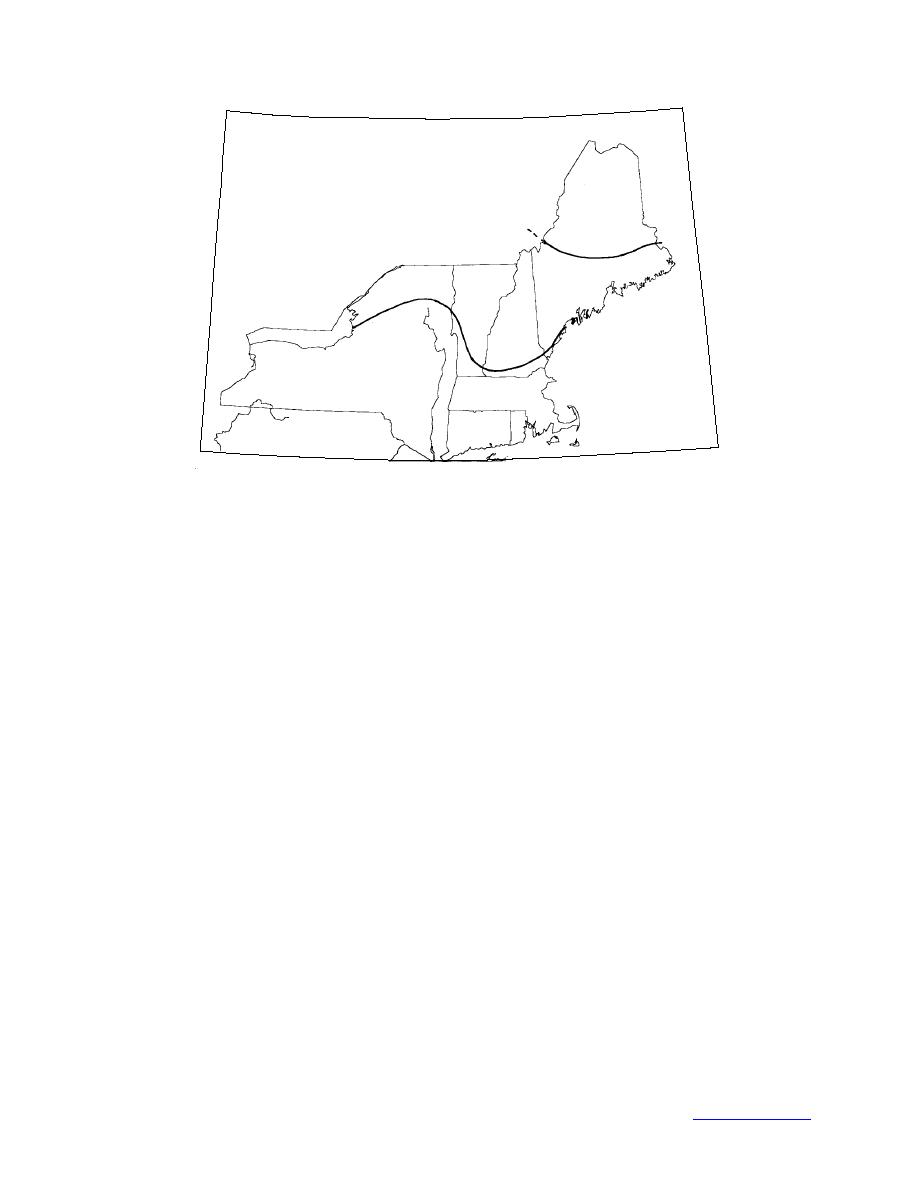
Figure 1. Footprint of the January 1998 ice storm.
weather data to determine ice loads in freezing-rain storms. Those models are briefly described
in Section 4, and references to more detailed descriptions of ice load models are provided. In
Section 5 a qualitative damage index is described. A number of aspects of the January ice storm
are discussed in Section 6: type and degree of damage, modeled ice loads, and comparisons to
past ice storms. Where there are measurements or estimates of the accreted ice load, these are
compared to the modeled loads. The extreme value analysis method that CRREL has developed
for determining extreme ice loads, using the peaks-over-threshold method and superstations, is
described in Section 7. Ice loads for a 50-year return period, both from our earlier analysis for
the ASCE 7 Standard, Minimum Design Loads for Buildings and Other Structures (ASCE 7-98
in prep), and recalculated including ice loads from this storm, are presented. Finally, return
periods for the range of severe ice loads that occurred in this storm are determined.
2. APPLICABLE CODES
Communication towers and power lines are designed for ice loads. The applicable code for
overhead lines is the National Electrical Safety Code (NESC) and the standard for communica-
tion towers is the Structural Standards for Steel Antenna Towers and Antenna Supporting Struc-
tures (EIA/TIA 222-F). For power transmission lines additional guidance is supplied by Guide-
lines for Electrical Transmission Line Structural Loading (ASCE 74). In all these publications
ice loads are specified in terms of a uniform ice thickness t, which is applied uniformly to all
surfaces of the structure. The ice load, in pounds per foot, corresponding to a design thickness
t, depends on the dimensions of the cross section of the component to which the load is applied.
The NESC provides mandatory requirements for the design of overhead lines of all types,
including power transmission lines, power distribution lines, phone and cable TV lines, and
service drops from the street to houses and commercial buildings. An overhead line consists of a
number of subsystems: wires, conductors, and cables that are maintained at the appropriate clear-
2
Back to contents page



 Previous Page
Previous Page
